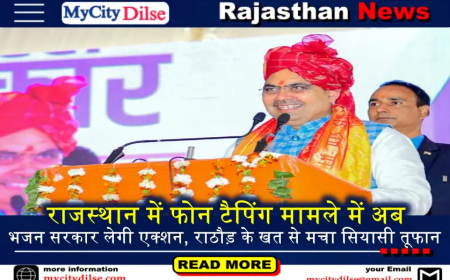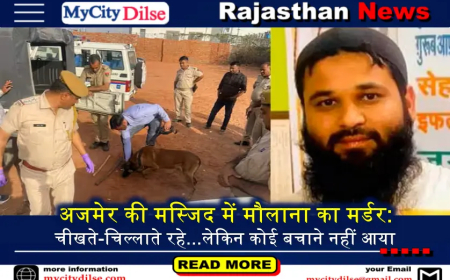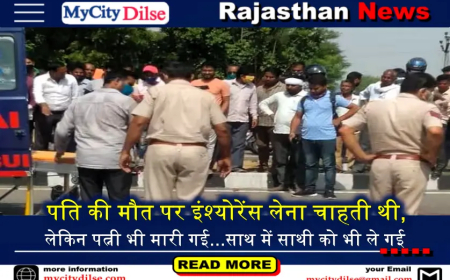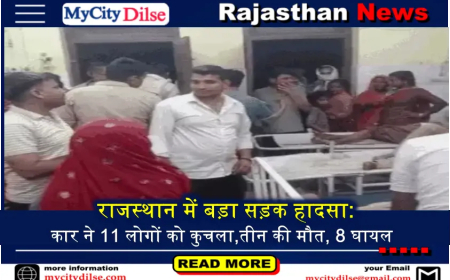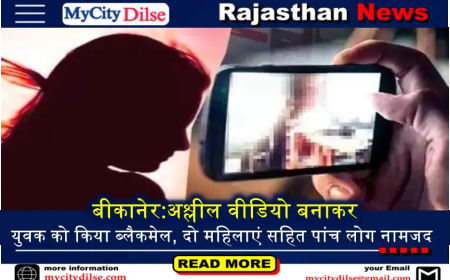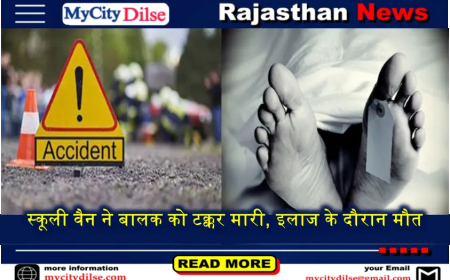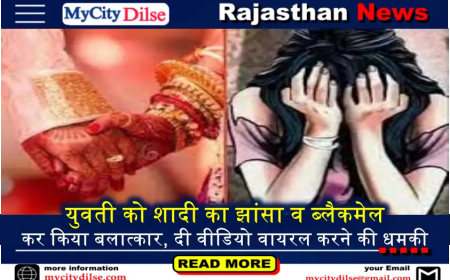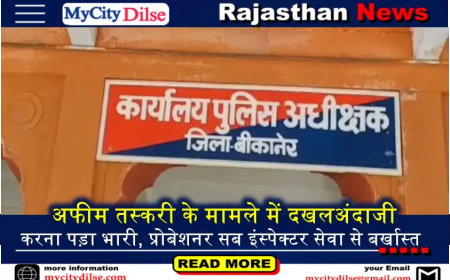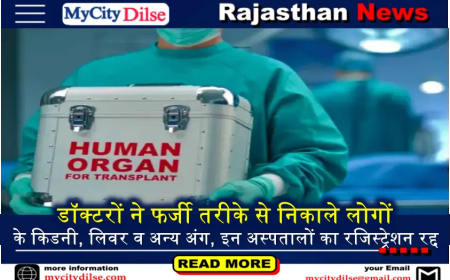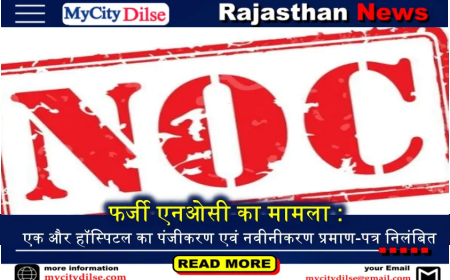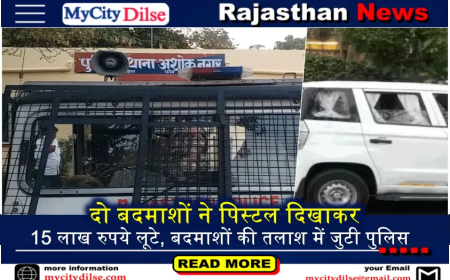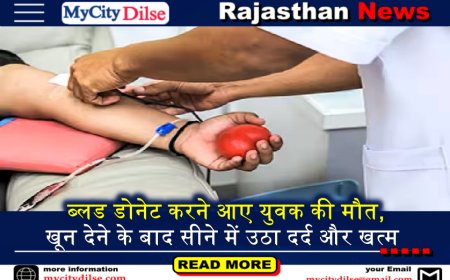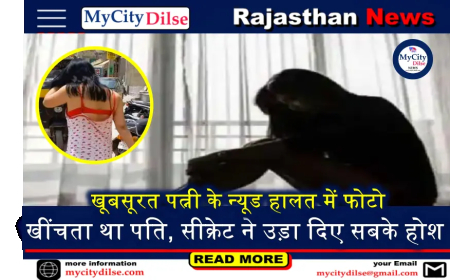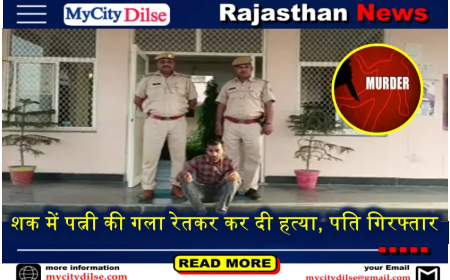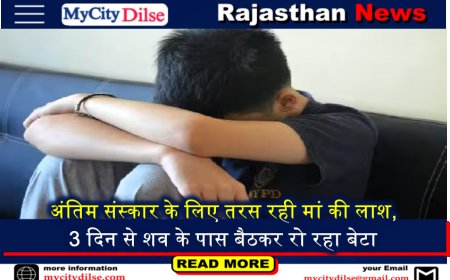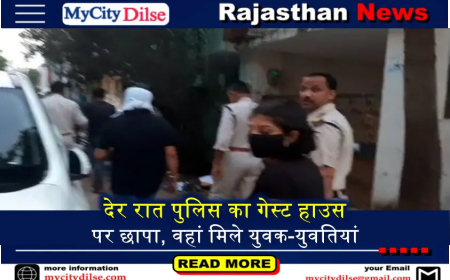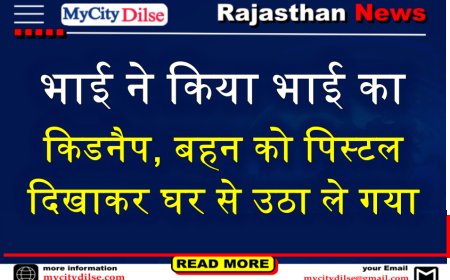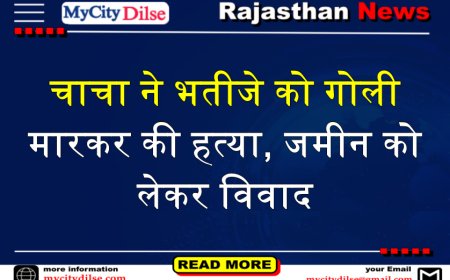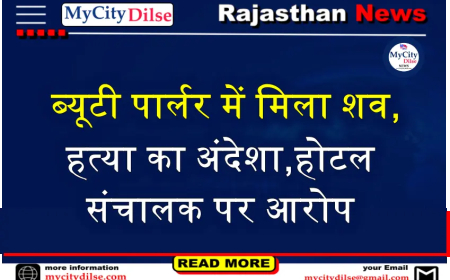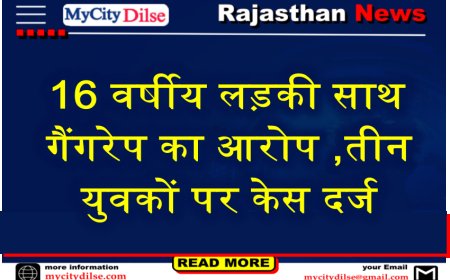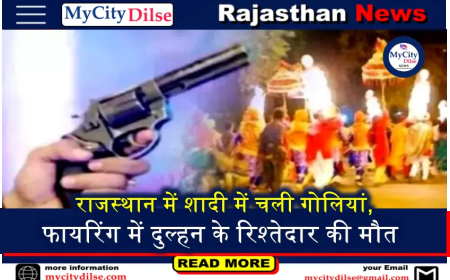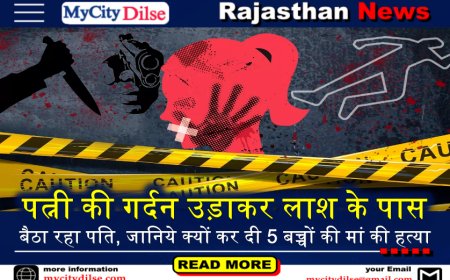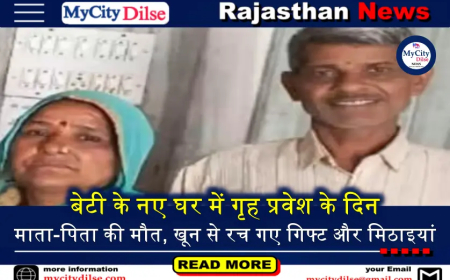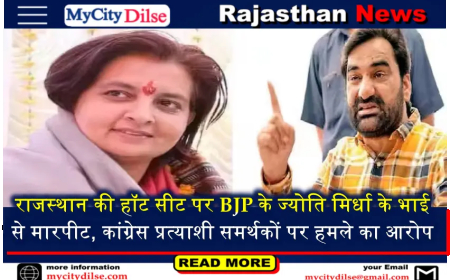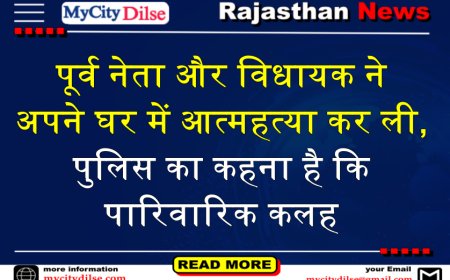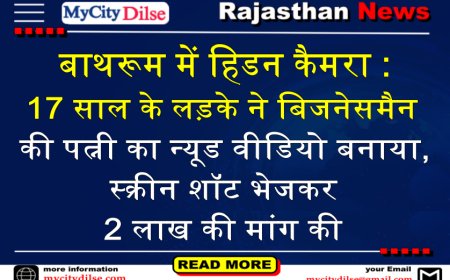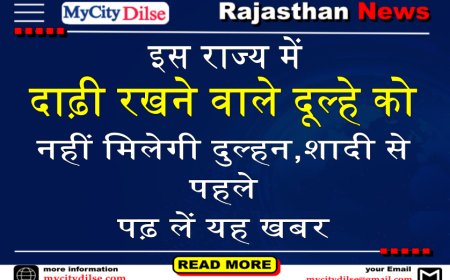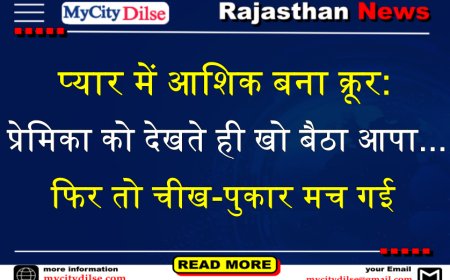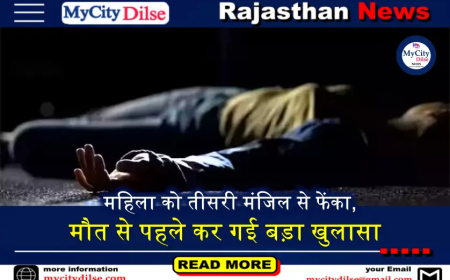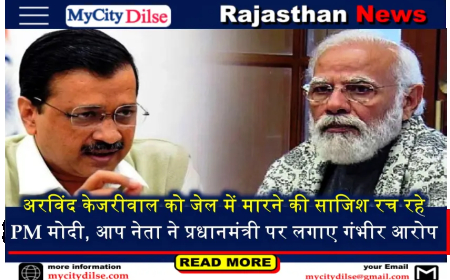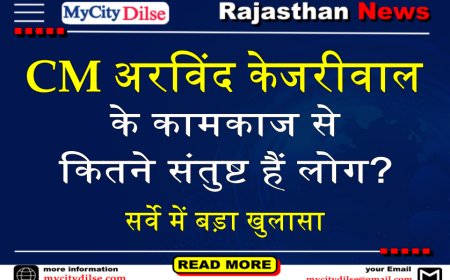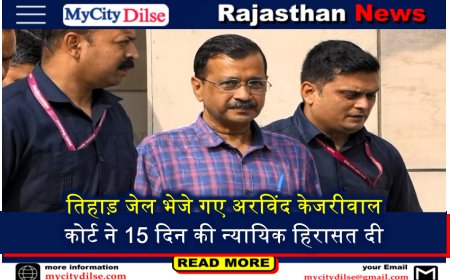तंबाकू-सिगरेट से मिल रहे टैक्स से ज्यादा इलाज पर खर्च कर रही सरकार, रोजाना 3500 से ज्यादा मौतें
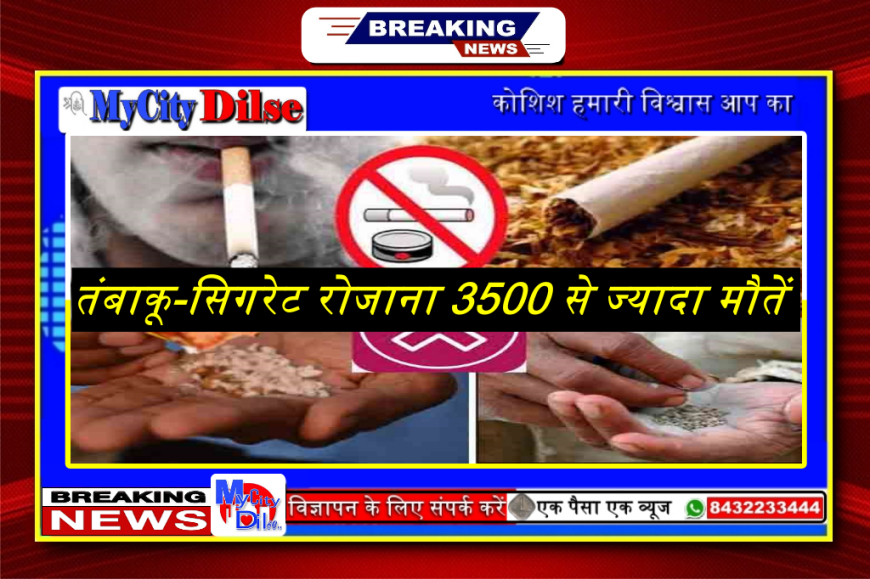
तंबाकू-सिगरेट से मिल रहे टैक्स से ज्यादा इलाज पर खर्च कर रही सरकार, रोजाना 3500 से ज्यादा मौतें
हम चाहे कहीं भी हों, अपने गांव में या देश के किसी भी शहर या महानगर में, जहां-तहां सड़कों-गलियों में दिखने वाले लाल धब्बों से बचते-बचाते निकलने को मजबूर होते हैं। ये गली-मोहल्ले की सड़कों, सार्वजनिक स्थलों और प्रसाधनों से लेकर बड़े-बड़े दफ्तरों तक की दीवारों को बदरंग बनाने में कोई कसर नहीं छोड़ते। मुंह के कैंसर की बढ़ती संख्या के पीछे ऐसे ही धब्बों को तैयार करने वाले पान-तंबाकू और गुटखा होते हैं, जिनको चबाने का शौक कब मौत तक पहुंचा देता है, पता ही नहीं चलता।
यह नासमझी हमारी अर्थव्यवस्था को भी भारी चोट पहुंचाती है। सच तो यह है कि इसकी रोकटोक के लिए न तो कोई प्रभावी कानून है और न बड़ा विरोध। कभी-कभार किसी ने कुछ बोल दिया, तो सामने वाला समझाने को तैयार होता है कि छोटी-सी बात है, आप बड़ा दिल दिखाओ। बदरंग और बदबूदार इन धब्बों को रोकने के लिए दिखावटी, कागजी जतन ज्यादा, धरातल पर प्रयास कम होते हैं।
रेलवे ऐसे दाग-धब्बों को हटाने पर भारी-भरकम राशि खर्च करता है। डिब्बों, प्लेटफार्मों पर पीक के धब्बों की साफ-सफाई पर तकरीबन 1200 करोड़ रुपए खर्च होते हैं। मगर यह समस्या बढ़ती ही जाती है। देश में स्थानीय निकायों तथा दफ्तरों पर ही साफ-सफाई करके इन दाग-धब्बों को हटाने का जिम्मा है।
आंकड़े बताते हैं कि भारत विश्व में तंबाकू खपाने वाला दूसरा देश है। ‘ग्लोबल यूथ टोबैको सर्वे 2019’ के मुताबिक पंद्रह वर्ष से अधिक आयु के 26.7 करोड़ लोग यानी हर पांचवां भारतीय इसकी लत का शिकार है। तंबाकू और पान-गुटखा मसाला कारोबार चालीस हजार करोड़ रुपए से अधिक का है। तंबाकू उत्पादन करने वालों का संगठन बहुत सशक्त है, जिसका राजनीतिक प्रभाव साफ झलकता है।
कभी कोई बड़ी और प्रभावी कार्रवाई याद नहीं आती। गुटखा कारोबारी यह बखूबी समझते हैं। जब कभी प्रतिबंधों की बात हुई नहीं कि कालाबाजारी ऐसे बढ़ जाती है कि गुटखा कारोबारियों की जबर्दस्त चांदी हो जाती है। 25 फीसद निरक्षर और 40 फीसद साक्षर भारतीय इनके लुभावने विज्ञापनों में फंस जाते हैं। विश्व स्वास्थ्य संगठन के आंकड़े बताते हैं कि दुनिया में हर वर्ष करीब 80 लाख मौतों में 2.5 लाख तक भारतीय होते हैं। वहीं राष्ट्रीय तंबाकू नियंत्रण कार्यक्रम भी तंबाकू से प्रतिदिन 3500 लोगों की मौतों का आंकड़ा दिखाता है।
कैंसर के सत्तर फीसद से अधिक मामले मुंह के होते हैं, जिसका कारण पान-मसाला और तंबाकू है। एक शोध के मुताबिक तंबाकू चबाना, इसे खाने का सबसे खराब तरीका है, जो ज्यादा हानिकारक है। गुटखा शौकीन तीन-चार पुड़िया प्रतिदिन चबा डालते हैं। लागत के लिहाज से साल में सात से आठ हजार रुपए इसकी कीमत होती है। सारे शौकीनों की संख्या जोड़ दें तो यह रकम लाखों करोड़ पहुंचती है। अगर वर्ष 2020 का ही आंकड़ा लें तो पता चलता है कि तंबाकू और इसके उत्पादों से हुई बीमारियों पर सरकार ने 17,71,000 करोड़ रुपए खर्च किए। बदले में 1234 करोड़ रुपए के लगभग राजस्व मिला।
हालांकि इस साल भी सरकार ने हमेशा की तरह पान-मसाला, सिगरेट और तंबाकू जैसे उत्पादों पर माल एवं सेवा कर यानी जीएसटी क्षतिपूर्ति उपकर की अधिकतम दर सीमा तय करते हुए इसे खुदरा विक्रय मूल्य से भी जोड़ दिया। 1 अप्रैल, 2023 से लागू जीएसटी क्षतिपूर्ति का अधिकतम उपकर प्रति इकाई खुदरा मूल्य 51 फीसद होगा, जो गणना के हिसाब से मूल्य का 135 फीसद ज्यादा है।
यही तंबाकू पर 290 फीसद यानी प्रति इकाई खुदरा मूल्य का सौ फीसद है। यह जीएसटी की अधिकतम दर 28 फीसद के ऊपर है। निश्चित रूप से कहीं न कहीं इसे रोक पाने में सरकार की लाचारी साफ झलकती है। ऐसे में इनके उपयोग के लिए कड़े प्रतिबंधों पर विचार करना ही होगा। हो सकता है कि एक डर यह भी हो कि कहीं लोग दूसरी शक्तिशाली नशीली दवाओं की तरफ न मुड़ जाएं। हर दिन नशे के नाम पर कभी नींद की गोलियां, तो कभी खांसी की दवा की ढेरों अवैध खेप पकड़ी जाती हैं।
सिगरेट और तंबाकू से जुड़े उत्पादों के सीधे प्रचार को रोकने के लिए वर्ष 2003 में सिगरेट और अन्य तंबाकू उत्पाद (विज्ञापन का प्रतिषेध और व्यापार तथा वाणिज्य, उत्पादन, प्रदाय और वितरण का विनियमन) अधिनियम, 2003 यानी ‘कोटपा’ लाया गया। लगा कि इससे कुछ अच्छा होगा। इसमें सार्वजनिक स्थलों पर धूम्रपान करने, खुलेआम तंबाकू से संबंधित सामग्री बेचने पर दो सौ रुपए से दस हजार रुपए तक का जुर्माना और पांच साल की कैद तक का प्रावधान हुआ।
शिक्षण संस्थानों के पास सौ गज के दायरे में बेचने, बेचने की जगह चेतावनी बोर्ड लगाने, अठारह वर्ष से कम आयु वालों को बेचने या बिकवाने, बच्चों की पहुंच से दूर रखने जैसे कानून बने। इसके अलावा, केबल टेलीविजन नेटवर्क एक्ट 1994 के माध्यम से भी सिगरेट, तंबाकू, शराब या अन्य किसी मादक पदार्थ के सीधे प्रचार पर प्रतिबंध लगा। मगर नतीजे क्या हैं, सबको पता है।
अक्सर कानून का कोई तोड़ भी निकल आता है। तंबाकू-गुटखा के विज्ञापनों पर सीधे प्रतिबंध के बाद इलायची के नाम से प्रचार शुरू हो गए। वास्तव में ये भी पान-मसाला और तंबाकू-गुटखे ही हैं। 2011 में ‘फेडरल फूड सेफ्टी एंड रेग्युलेशन एक्ट’ के तहत व्यवस्था हुई कि कोई कंपनी अपने उत्पादों में तंबाकू मिलाएगी तो प्रतिबंधित कर दिया जाएगा।
जवाब में पान मसाला और तंबाकू के अलग-अलग पाउच बनने लगे। तय समय के लिए प्रतिबंधों के तहत मई 2013 तक चौबीस राज्यों और तीन केंद्रशासित प्रदेशों में गुटखे पर रोक भी लगी, लेकिन मांग-आपूर्ति में कमी नहीं आई। अभी बीते अप्रैल में सर्वोच्च न्यायालय ने मद्रास हाईकोर्ट के उस आदेश को रद्द कर दिया, जिसमें 2003 के ‘कोटपा’ अधिनियम की अधिसूचना को साल-दर-साल अधिसूचित करने को अधिनियम 2006 के तहत चुनौती दिए जाने पर अपने फैसले में गलत बता कर जनवरी में तंबाकू उत्पादकों को राहत दी गई थी। सर्वोच्च न्यायालय ने यह टिप्पणी कर उल्टा सरकार से पूछ लिया कि कोई अमृत थोड़ी बेचा जा रहा है? साथ ही यह भी कहा कि तंबाकू उत्पादों को पूरी तरह प्रतिबंधित क्यों नहीं कर देते?
क्या हम न्यूजीलैंड सरीखे सख्त कानून नहीं लागू कर सकते? न्यूजीलैंड दुनिया का ऐसा पहला देश बन गया है, जहां 2009 के बाद जन्मे लोगों को तंबाकू वाला कोई भी उत्पाद नहीं मिल पाएगा। प्रतिबंधों के बावजूद ऐसा करने वालों को डेढ़ लाख न्यूजीलैंडी डालर, यानी करीब 95,910 अमेरिकी डालर का जुर्माना भरना होगा।
धीरे-धीरे तंबाकू उत्पादों में निकोटीन की मात्रा घटेगी, आगे नब्बे फीसद खुदरा बिक्री कम होगी। वहां एक वर्ष में 56,000 लोगों ने खुद धूम्रपान छोड़ा। इससे स्वास्थ्य पर खर्च होने वाले पांच अरब डालर भी बचेंगे। पड़ोसी भूटान 2010 में सिगरेट पर रोक लगा चुका है। ब्रिटेन 2030 तक धूम्रपान मुक्त, तो कनाडा और स्वीडन जनसंख्या के पांच फीसद से भी कम करने की ठान चुके हैं।
काश, हमारी भी ऐसी कोशिशें दिखतीं, जिसमें लोग, केंद्र और राज्य सरकारों के हाकिम और हुक्मरान भी आगे दिखें। सब कुछ पुलिस और स्थानीय निकाय पर छोड़ना अच्छा नहीं है। काश इंदौर सरीखे पूरे देश में ‘नो थू थ’ और न्यूजीलैंड जैसे ‘नो टोबैको, नो स्मोकिंग’ अभियान चलता और बेचने तथा खरीदने वालों पर ही नैतिक जिम्मेदारी छोड़ी जाती, तो शायद कुछ हल निकल पाता और सड़क के लाल-पीले धब्बों की घिन से मुक्ति मिल पाती।
Government is spending more on treatment than the tax it is getting from tobacco and cigarettes, more than 3500 deaths daily
Wherever we are, in our village or in any city or metropolis of the country, we are forced to avoid the red spots appearing on the roads and streets. They leave no stone unturned in discolouring the streets, public places and toilets as well as the walls of big offices. The reason behind the increasing number of mouth cancer are paan-tobacco and gutkha which cause such spots, and one cannot even know when the habit of chewing them leads to death.
This foolishness also causes huge injury to our economy. The truth is that there is neither any effective law nor big opposition to stop it. Sometimes when someone says something, the other person is ready to explain that it is a small matter, you show big heart. To prevent these discolored and smelly spots, more efforts are made on paper and less on ground.
Railways spend huge amount on removing such stains. Approximately Rs 1200 crore is spent on cleaning peak spots on coaches and platforms. But this problem keeps increasing. It is the responsibility of local bodies and offices in the country to remove these stains by cleaning them.
Statistics show that India is the second country in the world to consume tobacco. According to the 'Global Youth Tobacco Survey 2019', 26.7 crore people above the age of fifteen years i.e. every fifth Indian are victims of its addiction. The tobacco and pan-gutkha masala business is worth more than forty thousand crore rupees. The organization of tobacco producers is very powerful, whose political influence is clearly visible.
Never misses any big and effective action. Gutkha traders understand this very well. Whenever there was talk of restrictions, black marketing increased to such an extent that Gutkha traders made huge profits. 25 percent illiterate and 40 percent literate Indians get trapped in their tempting advertisements. World Health Organization figures show that out of about 80 lakh deaths in the world every year, up to 2.5 lakh are Indians. The National Tobacco Control Program also shows the figure of 3500 deaths per day due to tobacco.
More than seventy percent of cancer cases occur in the mouth, which is caused by pan-masala and tobacco. According to a research, chewing tobacco is the worst way to consume it, which is more harmful. Gutkha lovers chew three-four pods every day. In terms of cost, it costs seven to eight thousand rupees per year. If we add the number of all the enthusiasts then this amount reaches lakhs of crores. If we take the data of the year 2020 only, then it is known that the government spent Rs 17,71,000 crore on diseases caused by tobacco and its products. In return, revenue of approximately Rs 1234 crore was received.
However, this year also, as usual, the government fixed the maximum rate limit of Goods and Services Tax i.e. GST Compensation Cess on products like pan-masala, cigarettes and tobacco and also linked it to the retail selling price. The maximum cess of GST compensation applicable from April 1, 2023 will be 51 percent of the retail price per unit, which is 135 percent more than the calculated value.
This is 290 percent on tobacco i.e. 100 percent of the retail price per unit. This is above the maximum rate of GST of 28 percent. Certainly, the government's helplessness in stopping it is clearly visible somewhere. In such a situation, strict restrictions will have to be considered for their use. There may also be a fear that people might turn to other powerful drugs. Every day, in the name of drugs, sometimes huge illegal consignments of sleeping pills and sometimes cough medicines are seized.
To stop the direct promotion of cigarettes and tobacco related products, the Cigarettes and Other Tobacco Products (Prohibition of Advertisement and Regulation of Trade and Commerce, Production, Supply and Distribution) Act, 2003 i.e. 'COTPA' was brought in the year 2003. Felt that something good would come from this. In this, there is a provision of fine ranging from Rs 200 to Rs 10,000 and imprisonment of up to five years for smoking in public places and openly selling tobacco related materials.
Laws were made like selling within a radius of 100 yards near educational institutions, putting up warning boards at places of sale, selling or getting sold to people below the age of eighteen years, keeping it out of the reach of children. Apart from this, the Cable Television Networks Act 1994 also banned the direct promotion of cigarettes, tobacco, alcohol or any other intoxicating substance. But everyone knows what the results are.
Often some violation of the law also occurs. After the direct ban on tobacco-gutkha advertisements, promotions started in the name of cardamom. In reality these are also paan-masala and tobacco-gutkha. In 2011, under the 'Federal Food Safety and Regulation Act', a provision was made that if any company mixes tobacco in its products, it will be banned.
In response, separate sachets of pan masala and tobacco started being made. Gutkha was banned in twenty-four states and three union territories till May 2013 as part of a temporary ban, but there was no reduction in demand and supply. Just last April, the Supreme Court quashed the order of the Madras High Court, which had termed the year-to-year notification of the 'COTPA' Act of 2003 as incorrect in its decision when it was challenged under the Act 2006. Relief was given to tobacco growers. By making this comment, the Supreme Court on the contrary asked the government whether some nectar is being sold? Also said that why not ban tobacco products completely?
Can't we implement strict laws like New Zealand? New Zealand has become the first country in the world where people born after 2009 will not be able to get any tobacco product. Despite the restrictions, those who do so will have to pay a fine of 1.5 lakh New Zealand dollars, i.e. about 95,910 US dollars.
Gradually the nicotine content in tobacco products will reduce, further ninety percent retail sales will reduce. There, 56,000 people quit smoking on their own in one year. This will also save five billion dollars in health expenditure. Neighboring Bhutan banned cigarettes in 2010. Britain has decided to make smoking free by 2030, while Canada and Sweden have decided to make less than five percent of the population smoking.
I wish such efforts of ours could also be seen in which the people, officials and rulers of the central and state governments are also seen to be at the forefront. It is not good to leave everything to the police and local bodies. If only 'No Thu' campaign like Indore and 'No Tobacco, No Smoking' campaign was run in the entire country like Indore and the moral responsibility was left only on the sellers and buyers, then perhaps some solution would have been found and the abomination of red and yellow spots on the road would be eradicated. Could get freedom from.














